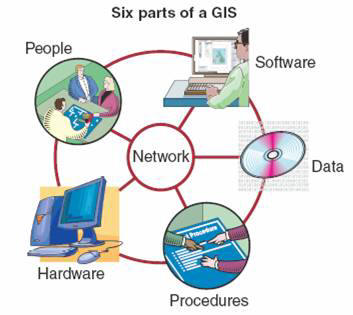
|
The three elements of GI Science
Individual: Research dominated by cognitive science (the process of learning and knowing). Understanding spatial concepts, Computer: Research about representation, adoption of new technologies, computation, and visualization. Society: Research about issues of impacts and societal context. |

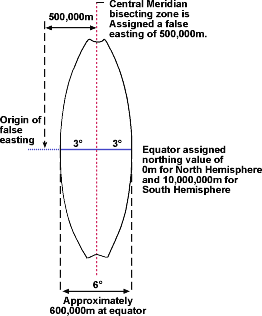
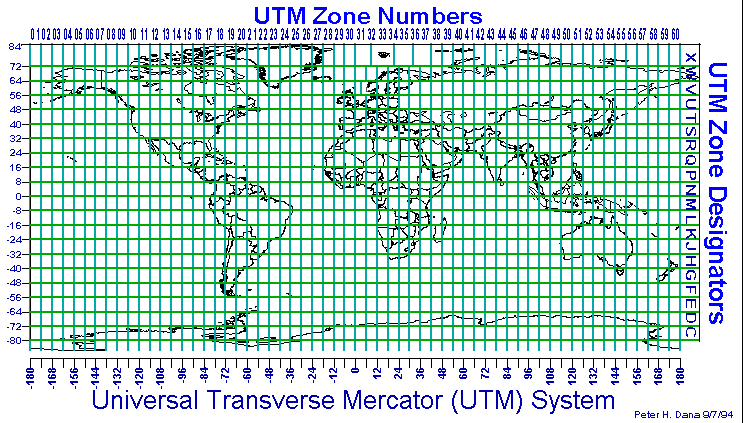
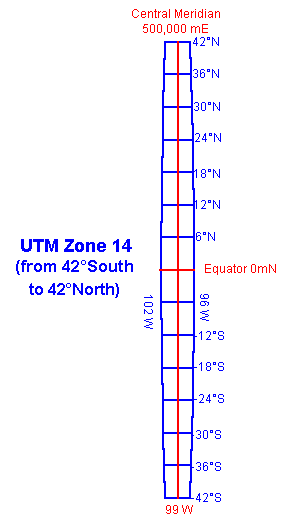
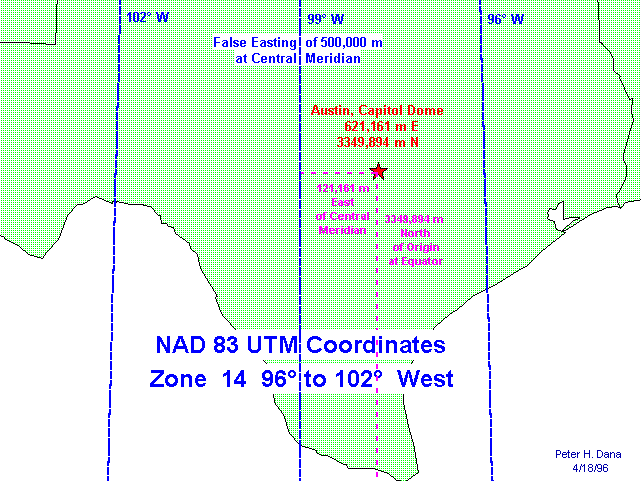
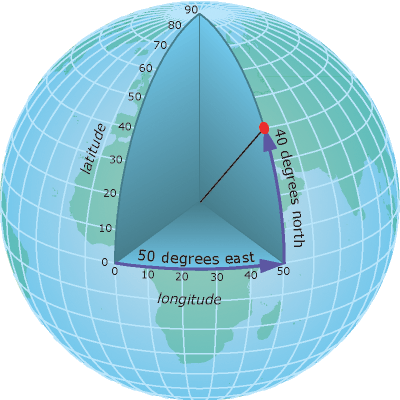
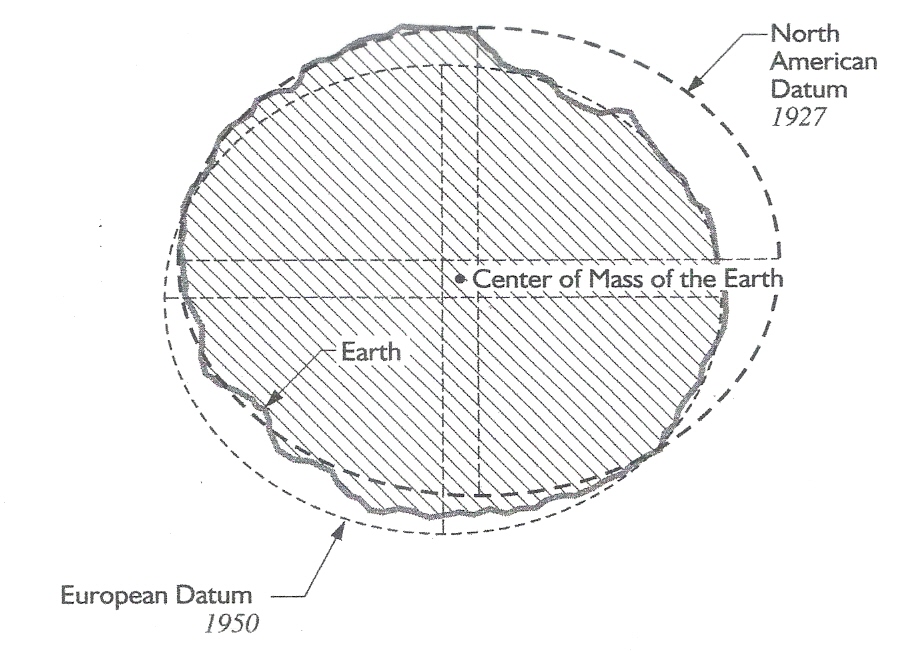

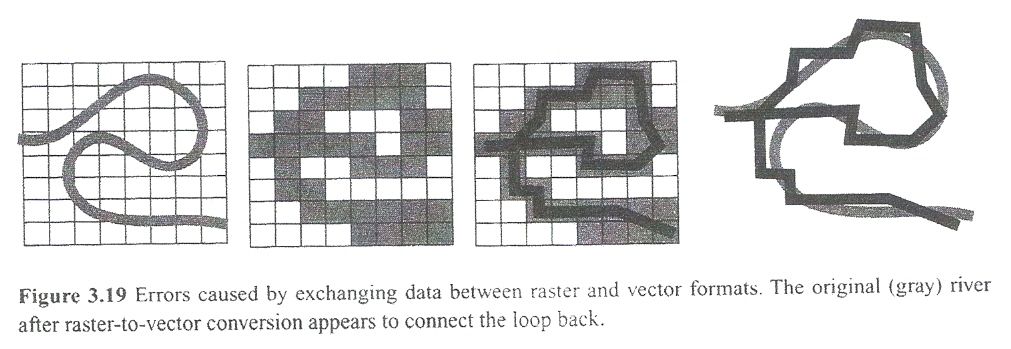
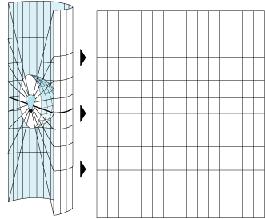
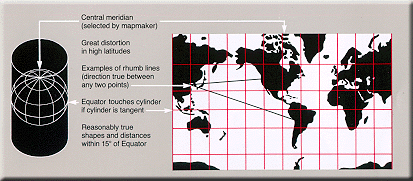
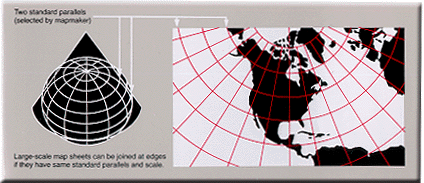

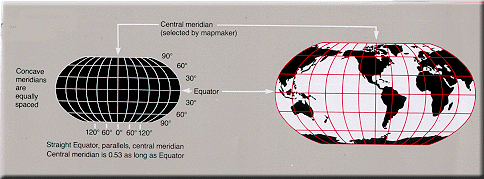
|
The Magellan-Elcano Circumnavigation Route. Shown in the Raisz Armadillo Projection. Looks three-dimensional and equator is tilted upward.
|
The magellan-Elcano Circumnavigation Route. Shown in the Canters Minimum-Error Projection. Shape distortion is reduced. |
|
The Voyager Flight. Shown in the Robinson Projection. The shapes of areas are well-preserved. Path is shown with minimal distortion
|
The Voyager Flight. Shown in the Oblique Lambert Azimuthal Equal-Area Projection. Emphasizes circular nature of flight. Flight path is not interrupted. |
|
Sputnik I. Shown in the Miller Cylindrical Projection. Good for highlighting cyclical nature of orbiting path. But, increasingly distorts area poleward. |
Sputnik I. Shown in the Snyder Cylindrical Satellite-Tracking Projection. Depicts satellite path as a set of straight lines. But, distorts area and shape poleward. |
|
© 1997, American Congress on Surveying and Mapping |
Content from: |
|
From: Phil Hurvitz, Univ. of Washington The essential problem of scale in a GIS is that all features are stored with precise coordinates (the computer stores numeric values), regardless of the precision of the original source data. Data which came from any mixture of scales can be displayed and analyzed in the same GIS project. The output of mixing data of differing scales can lead to erroneous or inaccurate conclusions. Consider these two coordinates: (125.875, 500.379) Both coordinates are stored with the same precision (3 decimal places). If we ignore the 3 decimal places of precision, the 2 coordinates are identical, but if we use the full precision of the data, the coordinates are different. Depending on the scale at which you view these points, they will either look like a single point or they will look like 2 separate points. As you zoom in closer, the relative distance between the points will increase. Using data from many different scales introduces these types of problems. The adage "A chain is only as strong as its weakest link" applies here; the accuracy and precision of measurements, maps, and models from a GIS are only as good as the least accurate and precise data source. Copyright © Phil Hurvitz, 1998-2004 |

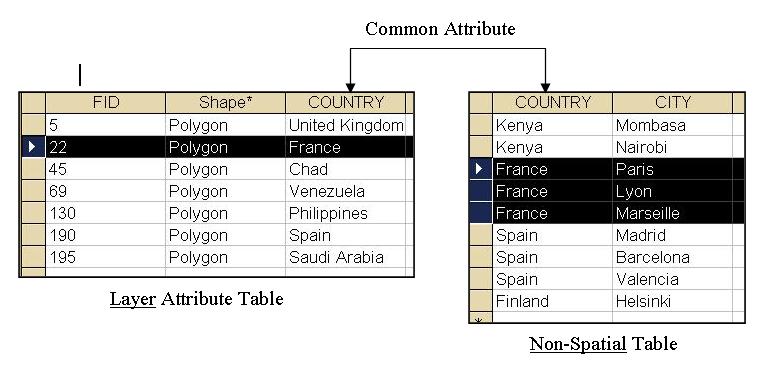

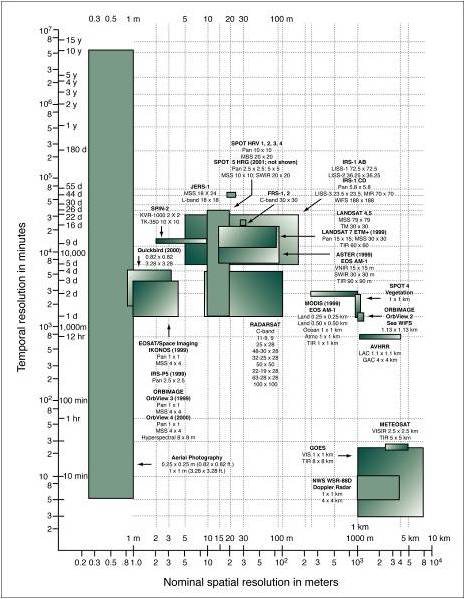

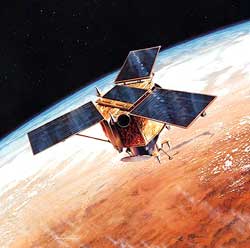
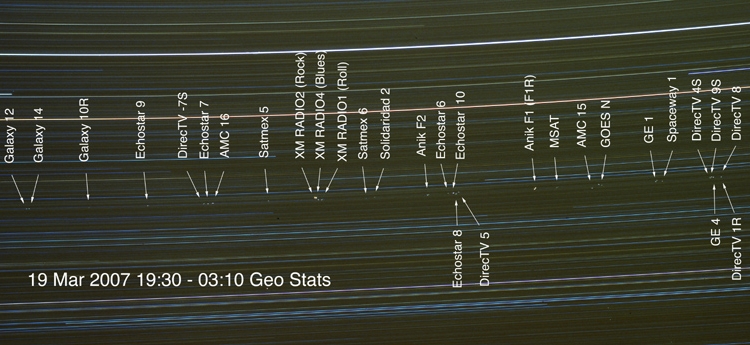
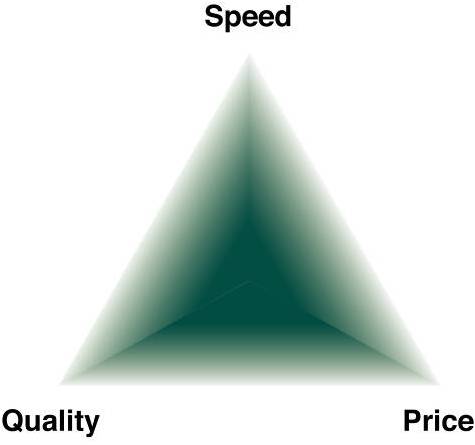
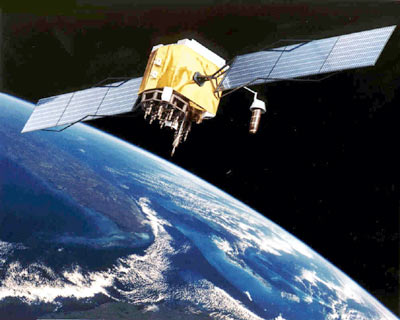
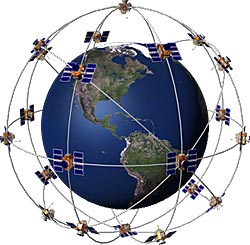
|
The Space component consists of: The space segment includes the satellites and the Delta rockets that launch the satellites from Cape Canaveral, in Florida. GPS satellites fly in circular orbits at an altitude of 10,900 nautical miles (20,200 km) and with a period of 12 hours. The orbits are tilted to the earth's equator by 55 degrees to ensure coverage of polar regions. Powered by solar cells, the satellites continuously orient themselves to point their solar panels toward the sun and their antenna toward the earth. Each of the 24 satellites, positioned in 6 orbital planes, circles the earth twice a day. The satellites are composed of: Solar Panels. Each satellite is equipped with solar array panels. These panels capture energy from the sun, which provides power for the satellite throughout its life. External components such as antennas. The exterior of the GPS satellite has a variety of antennas. The signals generated by the radio transmitter are sent to GPS receivers via the L-band antennas. Another component is the radio transmitter, which generates the signal. Each of the 24 satellites transmits it's own unique code in the signal. Internal components such as atomic clocks and radio transmitters. Each satellite contains four atomic clocks. These clocks are accurate to at least a billionth of a second or a nanosecond. An atomic clock inaccuracy of 1/100th of a second would translate into a measurement (or ranging) error of 1,860 miles to the GPS receiver.
|
|
The Control Segment of GPS consists of: Master Control Station: The master control station, located at Falcon Air Force Base in Colorado Springs, Colorado, is responsible for overall management of the remote monitoring and transmission sites. GPS ephemeris being a tabulation of computed positions, velocities and derived right ascension and declination of GPS satellites at specific times, replace "position" with "ephemeris" because the Master Control Station computes not only position but also velocity, right ascension and declination parameters for eventual upload to GPS satellites. Monitor Stations : Six monitor stations are located at Falcon Air Force Base in Colorado, Cape Canaveral, Florida, Hawaii, Ascension Island in the Atlantic Ocean, Diego Garcia Atoll in the Indian Ocean, and Kwajalein Island in the South Pacific Ocean. Each of the monitor stations checks the exact altitude, position, speed, and overall health of the orbiting satellites. The control segment uses measurements collected by the monitor stations to predict the behavior of each satellite's orbit and clock. The prediction data is up-linked, or transmitted, to the satellites for transmission back to the users. The control segment also ensures that the GPS satellite orbits and clocks remain within acceptable limits. A station can track up to 11 satellites at a time. This "check-up" is performed twice a day, by each station, as the satellites complete their journeys around the earth. Noted variations, such as those caused by the gravity of the moon, sun and the pressure of solar radiation, are passed along to the master control station. Ground Antennas: Ground antennas monitor and track the satellites from horizon to horizon. They also transmit correction information to individual satellites. |
|
The user component consists of: The user segment includes the equipment of the military personnel and civilians who receive GPS signals. Military GPS user equipment has been integrated into fighters, bombers, tankers, helicopters, ships, submarines, tanks, jeeps, and soldiers' equipment. In addition to basic navigation activities, military applications of GPS include target designation, close air support, "smart" weapons, and rendezvous. With more than 500,000 GPS receivers, the civilian community has its own large and diverse user segment. Surveyors use GPS to save time over standard survey methods. GPS is used by aircraft and ships for enroute navigation and for airport or harbor approaches. GPS tracking systems are used to route and monitor delivery vans and emergency vehicles. In a method called precision farming, GPS is used to monitor and control the application of agricultural fertilizer and pesticides. GPS is available as an in-car navigation aid and is used by hikers and hunters. GPS is also used on the Space Shuttle. Because the GPS user does not need to communicate with the satellite, GPS can serve an unlimited number of users. The aviation community is using GPS extensively. Aviation navigators, equipped with GPS receivers, use satellites as precise reference points to trilaterate the aircraft's position anywhere on or near the earth. GPS is already providing benefits to aviation users, but relative to its potential, these benefits are just the beginning. The foreseen contributions of GPS to aviation promise to be revolutionary. With air travel nearly doubled in the 21st Century, GPS can provide a cornerstone of the future air traffic management (ATM) system that will maintain high levels of safety, while reducing delays and increasing airway capacity. To promote this future ATM system, the FAA's objective is to establish and maintain a satellite-based navigation capability for all phases of flight. |
